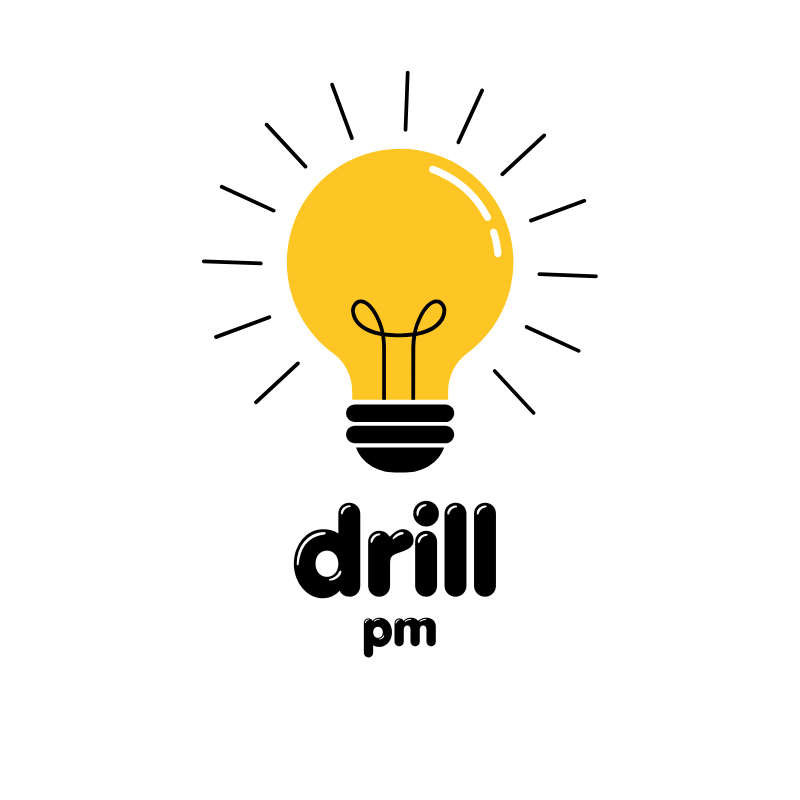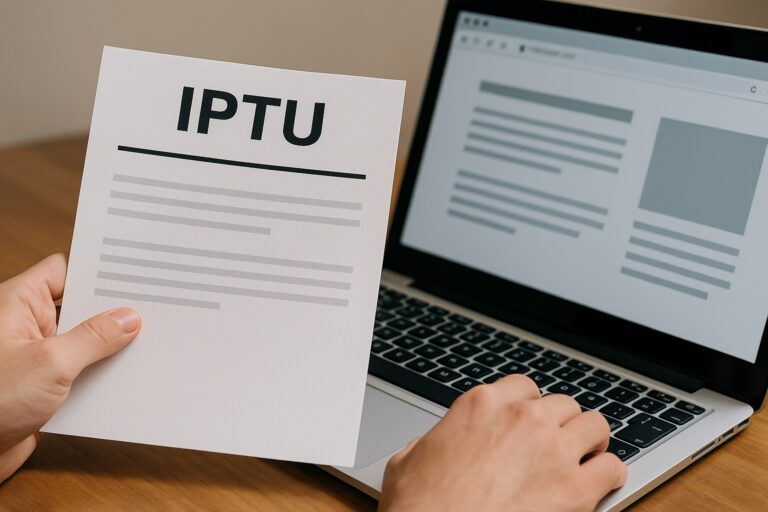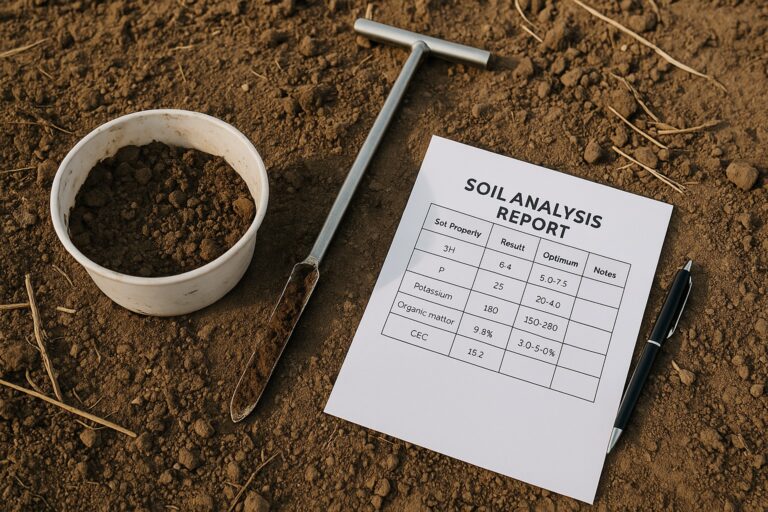Anúncios
When you’re in your 20s, building financial stability might not be your top priority. With student loans, rent, and maybe your first real job, it can feel like there’s hardly enough left at the end of the month. But that’s exactly why now is the best time to start thinking ahead.
An emergency fund is your personal safety net—a stash of cash set aside specifically to help you handle unexpected expenses like medical bills, car repairs, or a sudden job loss. It’s not a luxury. It’s a fundamental piece of a solid financial foundation.
In this guide, you’ll learn how to create your first emergency fund in six clear, practical steps. No complicated jargon or unrealistic advice—just smart moves to help you gain more financial control and confidence. Let’s begin your path toward peace of mind and security.
What is an emergency fund and why is it important?
An emergency fund is money you set aside for unplanned expenses. These might include emergencies like hospital visits, urgent travel, or periods of unemployment. It’s designed to help you avoid debt when life throws a curveball.
Without a reserve, many people rely on credit cards or loans—solutions that may solve the issue short-term, but often come with high interest rates and long-term consequences. A well-built emergency fund keeps you calm and in control, even in stressful moments.
Think of it as a buffer between you and life’s surprises. Whether you’re still in college or just landed your first job, having an emergency fund gives you freedom: the freedom to make better decisions without the pressure of financial panic.
Step 1: Analyze your monthly expenses
Before you can start saving, you need to know exactly how much you spend each month—and more importantly, how much of that is absolutely necessary. This is called your survival budget.
Start by tracking all your expenses for the last month. Divide them into essentials (like rent, food, utilities, transportation) and non-essentials (like streaming services, eating out, subscriptions). You can use budgeting apps like Mint, Goodbudget, or even a basic spreadsheet.
Once you calculate your essential monthly costs, you’ll know how much money you’d need to survive one month without income. Multiply that number by three to six, and you’ll have your ideal emergency fund goal.
Step 2: Set a realistic savings goal
Your ideal emergency fund might be several thousand dollars, but don’t let that intimidate you. The key is to break it down into smaller, manageable milestones.
If your monthly essentials total $1,500, your long-term goal might be $4,500 to $9,000. But your first goal can be just $500 or $1,000. That’s enough to handle small emergencies like car repairs or urgent travel without using a credit card.
Celebrating small wins will keep you motivated. Every time you hit a milestone, you’ll feel more secure and more in control of your finances. The important part is getting started—even with just $20 a week.
Step 3: Open a separate savings account
One of the best ways to protect your emergency fund from impulsive spending is to keep it out of sight and out of reach. Open a separate high-yield savings account, preferably at a different bank from your checking account.
This separation builds a psychological barrier—you’ll think twice before transferring money for something that’s not a true emergency. Plus, high-yield accounts help your savings grow faster with interest, even if the rate is modest.
Make sure the account is easy to access when you truly need it, but not so convenient that you’ll be tempted to dip into it casually. This small move can make a huge difference in maintaining discipline.
Step 4: Automate your savings
Consistency is what turns intentions into results. That’s why automating your savings is one of the most powerful things you can do.
Set up automatic transfers from your checking account to your emergency fund each payday. Even $25 or $50 a week adds up quickly and turns saving into a habit you don’t have to think about.
Automation also removes emotional decision-making from the process. You’re no longer asking yourself, “Can I afford to save this week?”—you’ve already made the choice, and your bank follows through for you.
Step 5: Reduce unnecessary expenses
Sometimes, the easiest way to grow your emergency fund is by spending less elsewhere. This doesn’t mean cutting out all fun—it means being more intentional.
Audit your non-essential spending. Are you using all your streaming subscriptions? Can you eat out less often? Could you walk or bike instead of Uber? Small changes can free up significant cash.
Challenge yourself with a “no-spend week” or track how much you save by bringing lunch to work. Redirect every dollar you save straight into your emergency fund. Watching it grow will make the sacrifices worth it.
Step 6: Keep your hands off the fund
Once you’ve built your emergency fund, protect it. The whole point is to use it only in emergencies, not for vacations, new phones, or impulse buys.
Create your own rules. For example: only tap into the fund for medical, housing, transportation, or essential living costs during job loss. The clearer your boundaries, the less likely you are to misuse the money.
If you do need to use it—don’t feel guilty. That’s what it’s for. But make a plan to replenish it as soon as possible, starting with small weekly contributions again.
Final tips to strengthen your fund
Your emergency fund is never truly “done.” Life changes, expenses rise, and your definition of “emergency” might shift. Revisit your numbers once a year to adjust your savings goal if needed.
Look for ways to increase your income—freelance gigs, side hustles, selling unused items. Any extra money can go straight into your safety net.
Finally, build habits that support long-term savings: track your spending, set goals, and stay informed about personal finance. The stronger your habits, the stronger your emergency fund will be.
Conclusion
Building an emergency fund doesn’t require a high salary, perfect budgeting, or major sacrifices. It simply takes consistency, discipline, and a plan. By following these six steps, you’ll create a financial safety net that protects your goals, your future, and your peace of mind.
Start small, stick with it, and remember—you’re not just saving money. You’re building resilience. That’s a powerful step toward financial freedom.
FAQ
How much money should I save for emergencies?
Ideally, 3 to 6 months’ worth of essential expenses. If that feels overwhelming, start with a goal of $500 or $1,000.
Can I invest my emergency fund?
It’s better to keep it in a liquid, low-risk account like a high-yield savings account. You need quick access, not investment growth.
What counts as a real emergency?
Medical bills, car repairs, job loss, or emergency travel. A new phone or vacation doesn’t qualify.
How long does it take to build an emergency fund?
That depends on your income and how much you save. Many people take 6 months to a year to reach a solid base.
What if I already have debt? Should I still build a fund?
Yes. Start with a small emergency fund while paying off high-interest debt. It prevents you from falling deeper into debt if a crisis hits.



